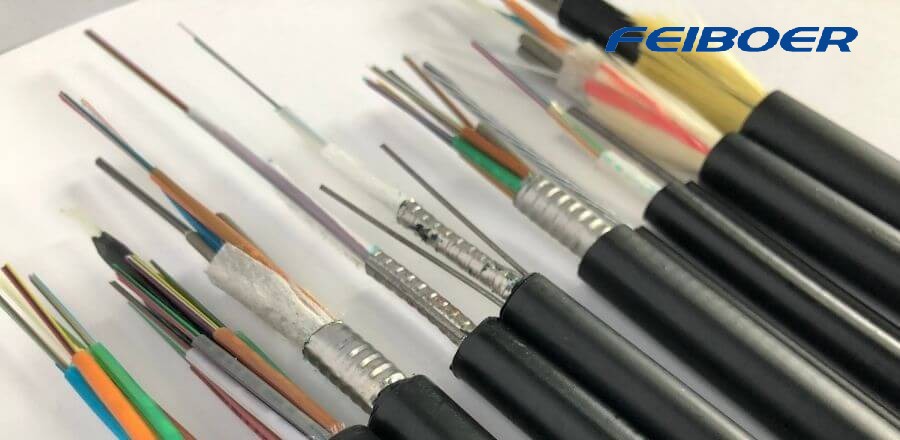The performance of copper cable and fiber differs in several ways, including bandwidth, speed, distance, and susceptibility to interference. This article will discuss these differences and how they affect the use of copper cable and fiber in various applications.

Bandwidth
Bandwidth is the amount of data that can be transmitted over a communication channel in a given time period. Copper cables have a lower bandwidth compared to fiber optic cables. Copper cables typically have a bandwidth of up to 1 Gbps, while fiber optic cables can support bandwidths of up to 100 Gbps or more.
Speed
Speed is the rate at which data is transmitted over a communication channel. Copper cables have a lower speed compared to fiber optic cables. Copper cables typically support speeds of up to 10 Gbps, while fiber optic cables can support speeds of up to 100 Gbps or more.
Distance
Distance is the maximum length of a communication channel over which data can be transmitted without significant signal loss. Copper cables have a shorter maximum distance compared to fiber optic cables. Copper cables can transmit data up to a distance of around 100 meters, while fiber optic cables can transmit data over much longer distances, ranging from a few hundred meters to several kilometers or even tens of kilometers.
Susceptibility to Interference
Copper cables are more susceptible to interference compared to fiber optic cables. Copper cables can be affected by electromagnetic interference (EMI), which can cause signal loss or degradation. EMI can be caused by nearby power cables, electric motors, or other sources of electromagnetic radiation. Fiber optic cables are immune to EMI since they use light to transmit data.
Cost
The cost of copper cable and fiber optic cable varies depending on several factors, including the length of the cable, the quality of the cable, and the location of the installation. Generally, copper cables are less expensive than fiber optic cables for shorter distances. However, as the distance increases, the cost of copper cables increases significantly due to the need for signal boosters or repeaters. In contrast, fiber optic cables have a higher upfront cost but are more cost-effective over longer distances due to their ability to transmit data over longer distances without signal loss or degradation.
Applications
Copper cables are commonly used for local area networks (LANs), short distance telephone connections, and cable TV connections. Fiber optic cables are used for long-distance communication, high-speed internet connections, and in data centers for high-speed data transmission.
Advantages of Fiber over Copper
There are several advantages of using fiber optic cables over copper cables, including:
Higher bandwidth and speed
Longer distance transmission without signal loss or degradation
Immunity to electromagnetic interference
Lower power consumption
Higher security due to difficulty in tapping the signal
Disadvantages of Fiber over Copper
There are also some disadvantages of using fiber optic cables over copper cables, including:
Higher upfront cost
Fragility of fiber optic cables
Higher skill level required for installation and maintenance
In conclusion, the performance of copper cable and fiber differs in several ways, including bandwidth, speed, distance, susceptibility to interference, cost, and applications. Copper cables are typically used for LANs and short distance connections, while fiber optic cables are used for long-distance communication and high-speed data transmission. Fiber optic cables have several advantages over copper cables, including higher bandwidth and speed, longer distance transmission, immunity to EMI, lower power consumption, and higher security. However, fiber optic cables have a higher upfront cost, are fragile, and require a higher skill level for installation and maintenance.
03-21
202502-12
202509-12
202409-05
202408-16
202408-07
202408-06
202408-02
202407-30
202407-29
2024
